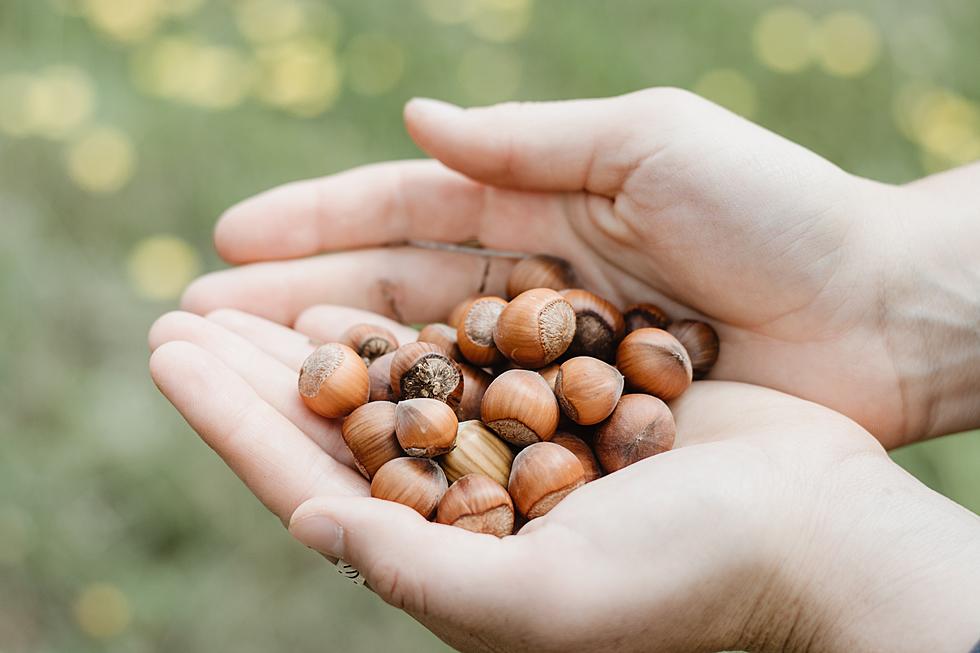
What’s The Deal With All Of The Acorns Falling From Minnesota Trees This Year?
Over the Labor Day Weekend, I paid a visit to my parents' place in Central Minnesota. When I arrived, my dad was raking up a massive pile of acorns from a single tree. In all, that one tree produced two large tractor-loader buckets full of acorns. That was only one of the oak trees in their yard.
Neither my dad nor I could remember a time when so many acorns had fallen from that tree. Looking around at other oak trees in their yard, they had been dropping a massive number of acorns as well. What gives?
Why are there so many acorns falling from Minnesota oak trees this year?
One of the old adages is that an abundance of acorns means an early or bad winter is on the way. More on that in a bit. In the meantime, there is actually a scientific name for this occurrence.
In years when there is a larger than normal amount of acorns, it is referred to as "oak masting", which is part of a natural cycle for the trees.
A representative from the Minnesota DNR commented on the subject of the cycle, explaining that it is a sort of "dance with seed predators".
READ MORE: Enjoy 'Glamping' In Northern Minnesota With In-Tent Heat And Even A Full-Size Fridge!
The idea behind this cycle, as explained by forestry experts at Purdue, is that trees will occasionally produce a significantly larger number of seeds (acorns, in the case of oak trees) to overwhelm creatures that eat the seeds. This will make up for years when conditions for seed production or higher predator numbers might impact the amount of acorns that are actually able to successfully grow.
This is apparently one of those oak masting years, which occurs every few years.
Is the drought impacting acorn production?
Not particularly. The masting cycle was set into motion in the springtime when there were wetter conditions from snowmelt. Even during dry years, that doesn't necessarily mean you couldn't see a lot of acorns.

The DNR official mentioned that during drought years, you might see acorns fall sooner than normal, still green instead of the brown color you're used to seeing. They also may be smaller than usual during dry conditions.
In the case of this year's acorn crop, most of them appear to be normal, mature acorns falling at a normal timeframe around the region.
Do all of the acorns mean a bad winter is coming?
The short answer? No.
Despite the common belief that the number of acorns is an indicator of the winter ahead, this is just a normal part of a cycle that trees in an area participate in. It is seen in a variety of tree types across the country, happening at different times regionally.
Is the abundance of acorns bad for my lawn?
Aside from being hard to walk on and maybe being unsightly (especially in large numbers), the DNR says there is no evidence they don't cause any harm to lawns. The main reason people may want to remove them is more due to the visual or walking issues noted above.
21 Amazing Things About Fall that Women in Minnesota and Iowa Love
Gallery Credit: Jessica On The Radio


